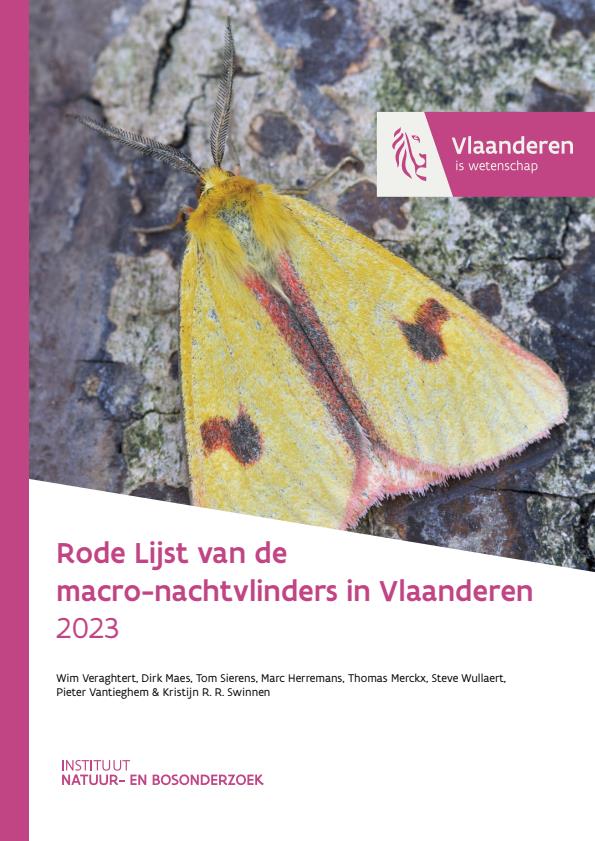Rode Lijst van de macro-nachtvlinders in Vlaanderen 2023
A comparison of the current distribution (2013-2022) with those from the period 1980-2012 revealed that no less than 40 per cent of the 717 species studied are more or less threatened or have already disappeared from Flanders: 39 species are regionally extinct, 41 critically endangered, 82 threatened and 42 species vulnerable. In addition, another 84 species are nearly endangered and 393 species are not currently endangered. For 36 species, insufficient data are currently available to determine a Red List category. Especially typical species of nutrient-poor and/or wet biotopes such as moors and bogs are in the worst shape.
Details
| Number of pages | 448 |
|---|---|
| Type | Reports of Research Institute for Nature and Forest |
| Category | Research |
| Language | Dutch |
Bibtex
@misc{4c2b3d70-c4dd-44a6-a227-54aeeacd9588,
title = "Rode Lijst van de macro-nachtvlinders in Vlaanderen 2023",
abstract = "Moths are an ecologically very important insect group as bulk food for birds and bats, for example, as well as nocturnal pollinators. In recent decades, citizen scientists have been collecting more and more data on the distribution of moths. Using these data, some researchers from Natuurpunt Study, INBO, the Flemish Butterfly Working Group and the Flemish Society for Entomology compiled this first Red List of moths in Flanders.
A comparison of the current distribution (2013-2022) with those from the period 1980-2012 revealed that no less than 40 per cent of the 717 species studied are more or less threatened or have already disappeared from Flanders: 39 species are regionally extinct, 41 critically endangered, 82 threatened and 42 species vulnerable. In addition, another 84 species are nearly endangered and 393 species are not currently endangered. For 36 species, insufficient data are currently available to determine a Red List category. Especially typical species of nutrient-poor and/or wet biotopes such as moors and bogs are in the worst shape.",
author = "Wim Veraghtert and Dirk Maes and Tom Sierens and Marc Herremans and Thomas Merckx and Steve Wullaert and Pieter Vantieghem and Swinnen Kristijn R. R.",
year = "2023",
month = jan,
day = "01",
doi = "https://doi.org/10.21436/inbor.90533517",
language = "English",
publisher = "Instituut voor Natuur- en Bosonderzoek",
address = "Belgium,
type = "Other"
}
Authors
Wim VeraghtertDirk Maes
Tom Sierens
Marc Herremans
Thomas Merckx
Steve Wullaert
Pieter Vantieghem
Swinnen Kristijn R. R.

